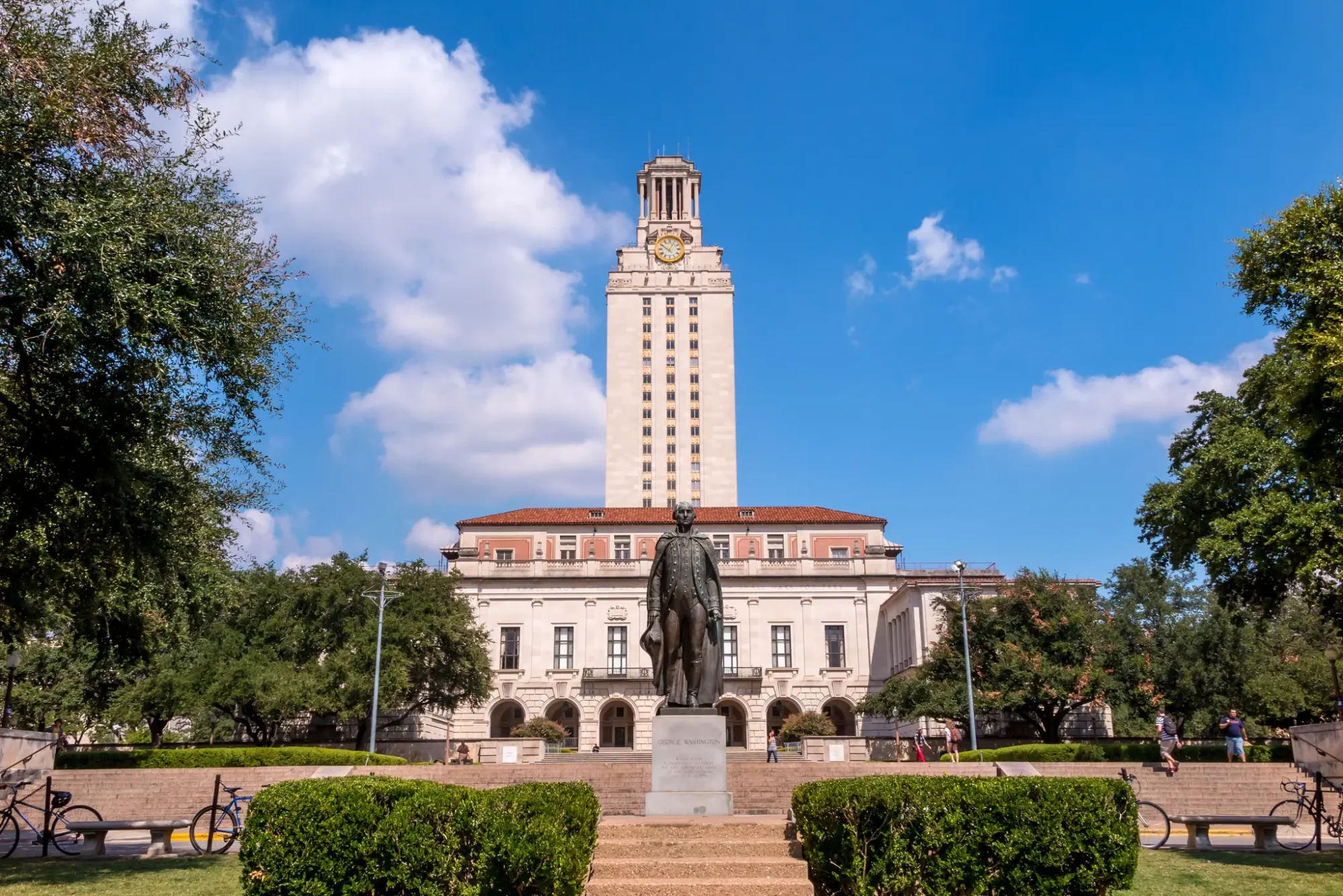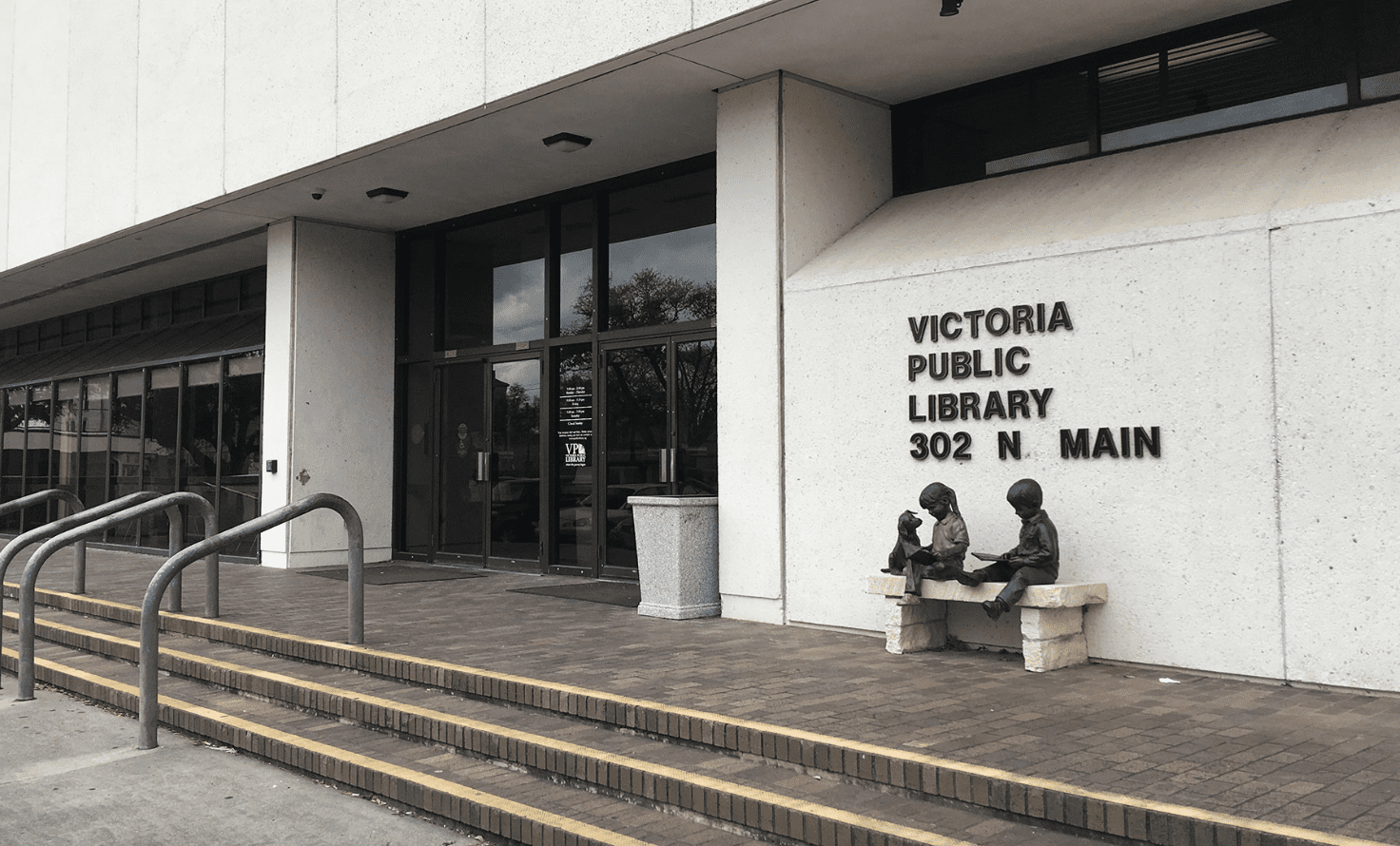This commentary originally appeared in an episode of Texas Scorecard Radio.
A bold plan by some Texas Republicans to limit government could actually have the opposite effect—undermining our system of government and jeopardizing the rights of citizens by turning state sovereignty on its head.
It’s a proposal that’s been gaining traction over the past couple years and made it into the resolutions passed by a number of West Texas counties’ Republican parties for possible insertion in the Texas GOP platform.
The idea is to limit government by requiring any amendment to the state constitution to obtain the consent of a majority of voters in three-fourths of the state’s 254 counties in order to be adopted.
It’s natural for folks in rural counties to realize their electoral clout is continuing to diminish as the so-called “Texas Triangle” of Dallas-Fort Worth, Houston, San Antonio, and the Austin metro areas explode with new residents. This county voting proposal seems like a clever idea to increase their clout relative to their neighbors from more populous regions.
After all, an amendment to the US Constitution must be passed by three-fourths of the states, why not require an amendment to the Texas Constitution be passed by three-fourths of the counties.
Sounds like constitutional conservatism, right?
It’s actually anything but.
The mistake advocates of the county plan make is that they confuse the relationship between states and the federal government with the relationship between our state and county governments.
The United States of America was created by the states who gave up a share of their sovereignty to create the federal government. But the created can never be greater than the creator, thus states have the right to restrict the power of the federal government.
But counties didn’t create the State of Texas. Instead, the state government created them, and under the restrictions of Article 9, Section 1 of the Texas constitution, the state can mold and sculpt counties as it sees fit.
A quick glance at any Texas map prior to 1930 shows this point in stark relief. Texas began with only a small handful of counties and proceeded to carve each of them up into smaller ones over the next hundred years. For example, Texas had 129 counties in 1870. We ultimately settled on the current number of 254 with the creation of Loving County in 1931, but that number too remains subject to adjustment.
The fact is that counties—like cities, towns, and state agencies— are merely extensions of the state government. The Texas Legislature retains the right to create, alter, or dissolve them at will. They have no sovereignty of their own and exist solely for the convenience of administering state laws and policies.
Given such a situation, if the proposed “rural-protection amendment” were to pass it would empower the Texas Legislature to pass constitutional amendments even more easily than before if they were willing to create more counties, or merge existing ones.
This all reveals the folly in focusing on counties rather citizens.
After all, it’s the citizens that have rights and it’s the citizens that must be protected whether they live in Dallas or Dalhart, Houston or Hallettsville, Midland or Mineola. Regardless of what part of Texas they’re from they have individual rights, equal and protected under the law.
It’s protecting those rights and returning control of government to citizens’ hands that we’re focused on at Empower Texans and we hope you’ll join us.





